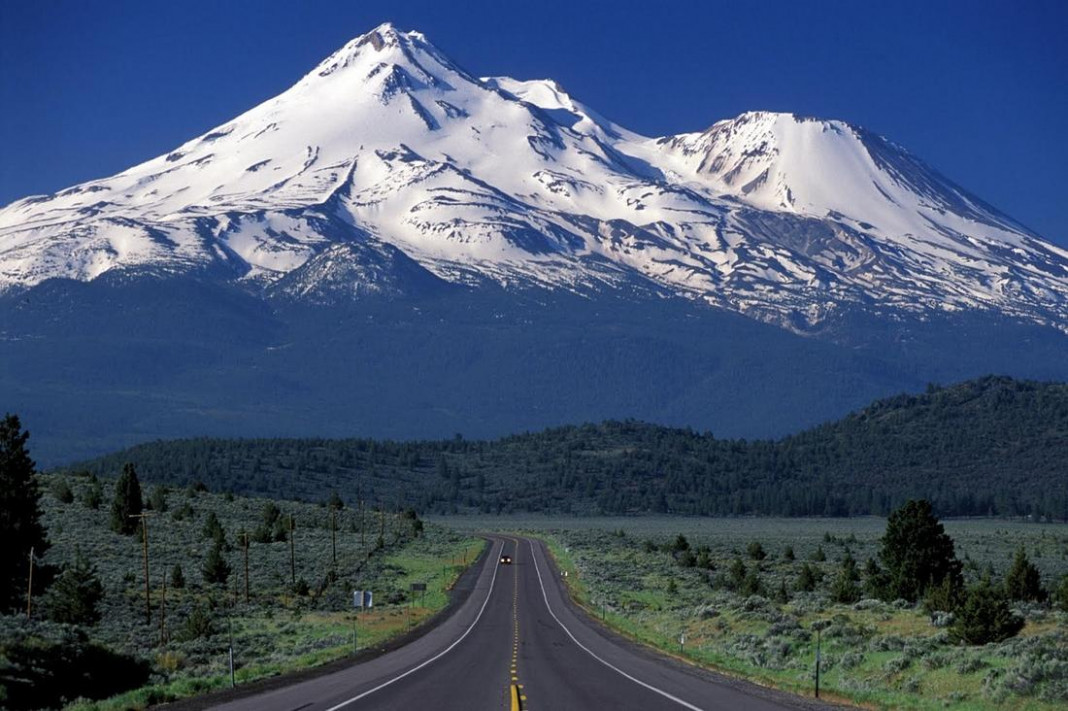Mount Everest, two words on almost everyone’s lips these days …. Simply because the first two Sri Lankan’s to conquer this magnanimous mountain, came back home ‘live and kicking’ ….
Most of us have heard the term Mount Everest, often we use it to show the impossibility of a task, ‘oh it’s like climbing Mount Everest’ we say, but most of us don’t even know what it looks like, leave alone how deadly it is to even attempt a to summit it, especially for those who are not physically fit (even the physically fit have failed). Some of us are still googling its location, ‘where is this mount Everest located men?’ I’ve heard some ask….
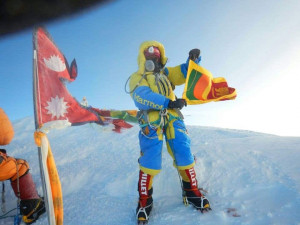
Mount Everest, also known in Nepal as Sagarmāthā and in Tibet as Chomolungma, is Earth’s highest mountain. Its peak is 8,848 metres (29,029 ft) above sea level. The international border between China (Tibet Autonomous Region) and Nepal runs across Everest’s precise summit point.
In 1865, Everest was given its official English name by the Royal Geographical Society upon a recommendation by Andrew Waugh, the British Surveyor General of India. As there appeared to be several different local names, Waugh chose to name the mountain after his predecessor in the post, Sir George Everest, despite George Everest’s objections.
Tenzing Norgay and Edmund Hillary made the first official ascent of Everest in 1953 using the southeast ridge route.
The Chinese mountaineering team of Wang Fuzhou, Gonpo and Qu Yinhua made the first reported ascent of the peak from the North Ridge on May 25, 1960
What really seemed like the impossible was attempted and conquered by two Sri Lankans, Jayanthi Kuru-Utumpala and Johann Peries.
Why is this such a big deal? What are the difficulties faced by climbers? Why are there so many deaths if it can be conquered? These are some questions most people asked me when I first congratulated this duo on a radio programme.
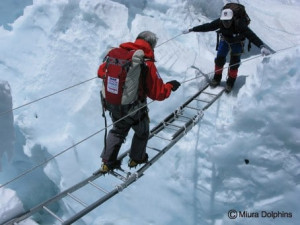
Air temperature drops by roughly 0.65C per 100 meters of height gained. That means at 8,800m they can expect the temperature to be about 57C less than at sea level. That’s a gross simplification ignoring many other factors but you get the idea: it is cold up there.
Managing this is not helped by the fact that they’ll switch from lying still in the darkness at night to slogging uphill with the heat of the sun bearing down from above and reflecting up from the snow.
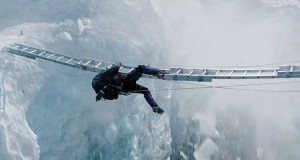
They’re all necessary to cross and there’s not a lot they can do to control the mountain itself but they can help by minimizing their time in those areas and using the earlier parts of the day before the sun has warmed the snow.
In addition to falling snow, falling ice and rocks are yet more hazards they can face. This is particularly the case if they choose the Southeast route from Nepal. There, the former is a risk in the Khumbu Ice Falls (there’s a hint in the name) and the latter when crossing the South Col beneath the Lhotse Face

Summit Fever, near impossible to avoid entirely, the temptation to push on for “just another ten minutes” is strong in all of us. But combine it with the intoxicating zenith of so much effort and the mind-altering effects of altitude on the danger-ridden slopes of Mount Everest and they are a recipe for disaster
Commenting on the climb, Jayanthi Kuru-Utumpala stated, “Mount Everest represents the wonder and magnificence of nature in its purest form. The high altitudes, the acclimatization process, the freezing temperatures and volatile weather that we faced on every stage of our climb undoubtedly pushed us to our very limits. We had spent years preparing and training for this expedition and never thought that it would be so difficult, almost impossible to summit the Everest.”
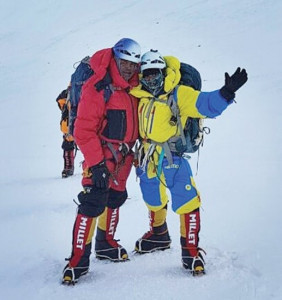
The bitter truth is that one could die if they reach the top too fast. Over 200 climbers have died on the mountain – many from fatigue. Most of these bodies are still visible on the route up.

Like Rudyard Kipling once said:
‘If you can force your heart and nerve and sinew
To serve your turn long after they are gone,
And so hold on when there is nothing in you
Except the Will which says to them: ‘Hold on!’
Yes hold on they did….hold on we need to do … during the climb of our Mount Everest…. The Mount Everests of our lives

